Cave Churches and Underground Cities: Exploring the Surreal Rock-Cut Architecture of Cappadocia
By Keshav AnandSpanning millennia, the story of Cappadocia, a myth-steeped and ancient land in Central Anatolia, Turkey, has been shaped by numerous civilisations, religions, and empires over centuries. The region’s history dates back to the Palaeolithic era, with evidence of human settlements existing long before the rise of any organised society. However, it was during the Hittites’ rule, which reached its peak during the mid-14th century BCE, that Cappadocia really began to take on historical significance.
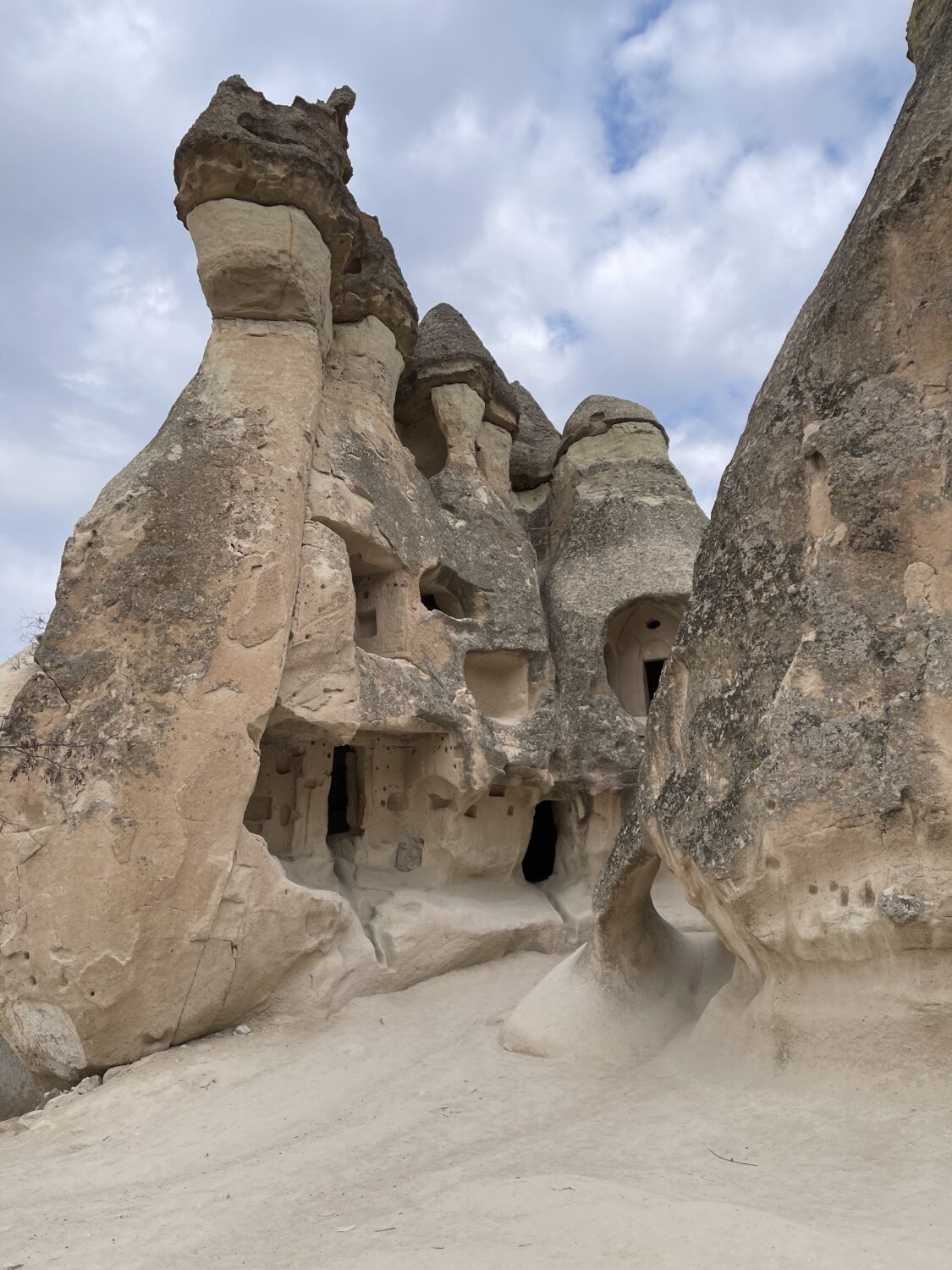
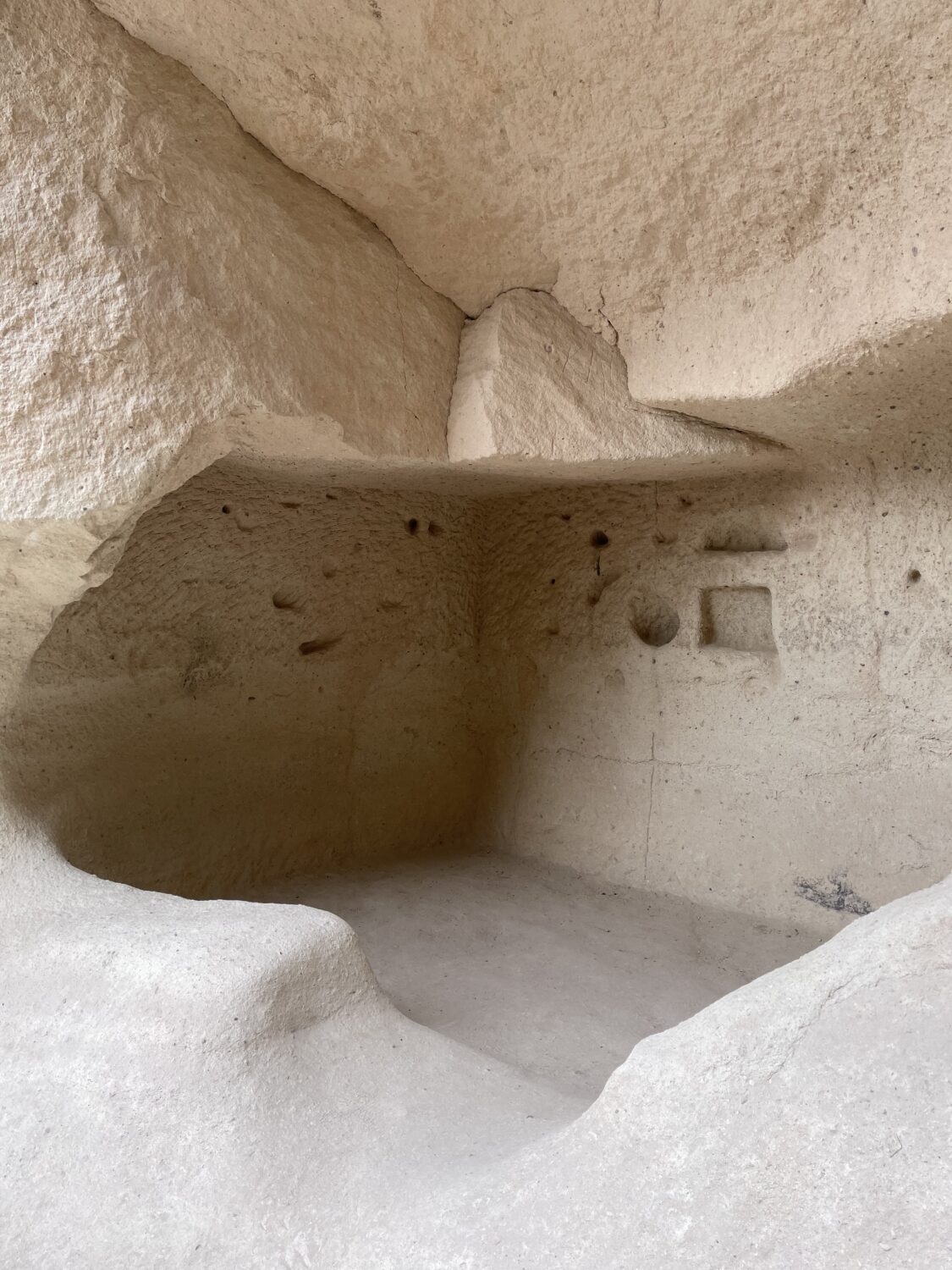
The Hittites, one of the dominant powers in Anatolia, utilised the region’s natural defences — its rugged terrain and towering rock formations — to build fortifications and settlements. These early foundations laid the groundwork for Cappadocia’s later development as a cultural and religious crossroads.
Several unique geological formations comprise the region’s landscape — among the most unusual are Cappadocia’s “fairy chimneys,” weathered spires of rock appearing like bizarre mushrooms. These formations are the result of volcanic eruptions from millions of years ago, followed by centuries of artful erosion.
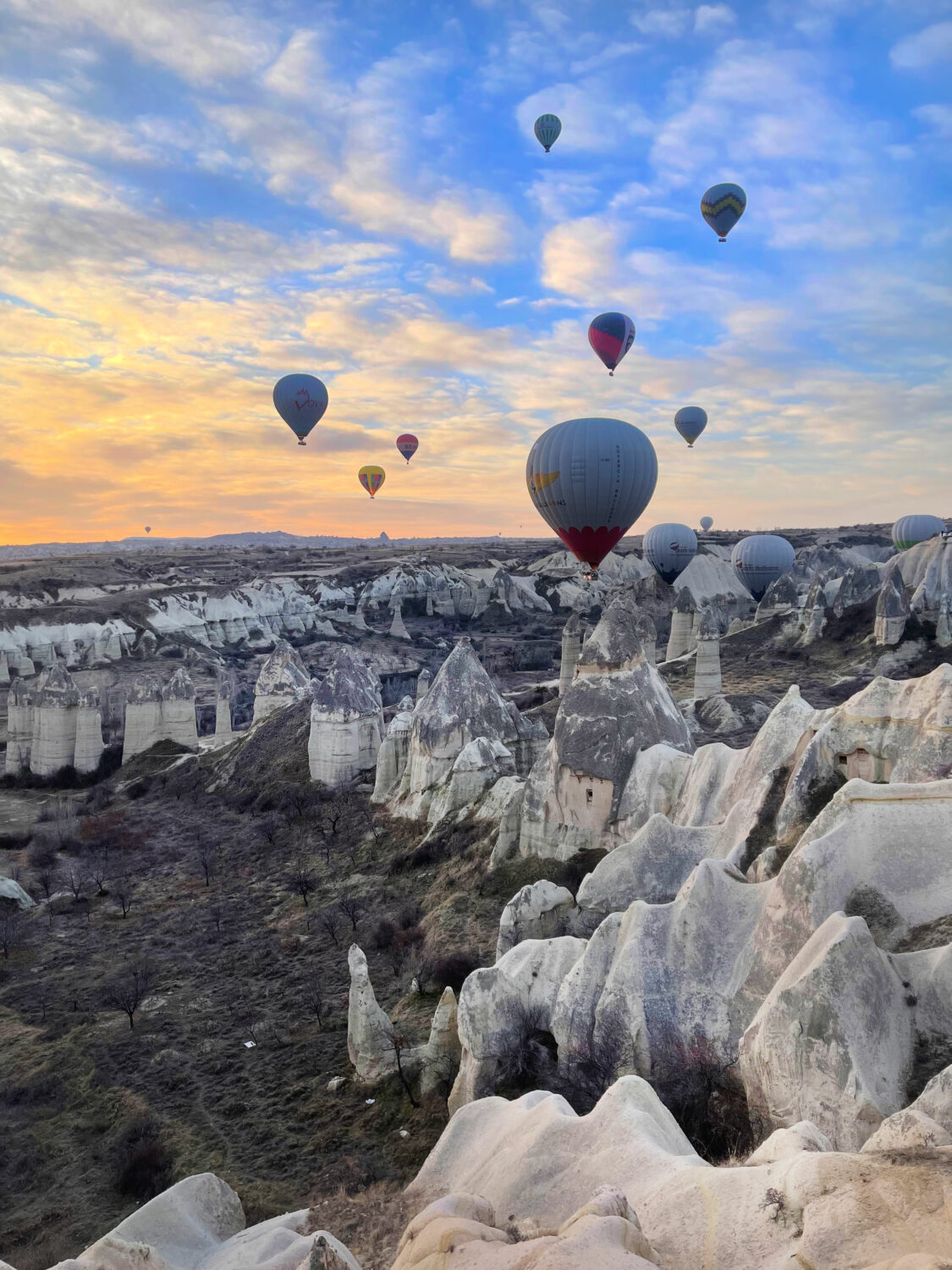
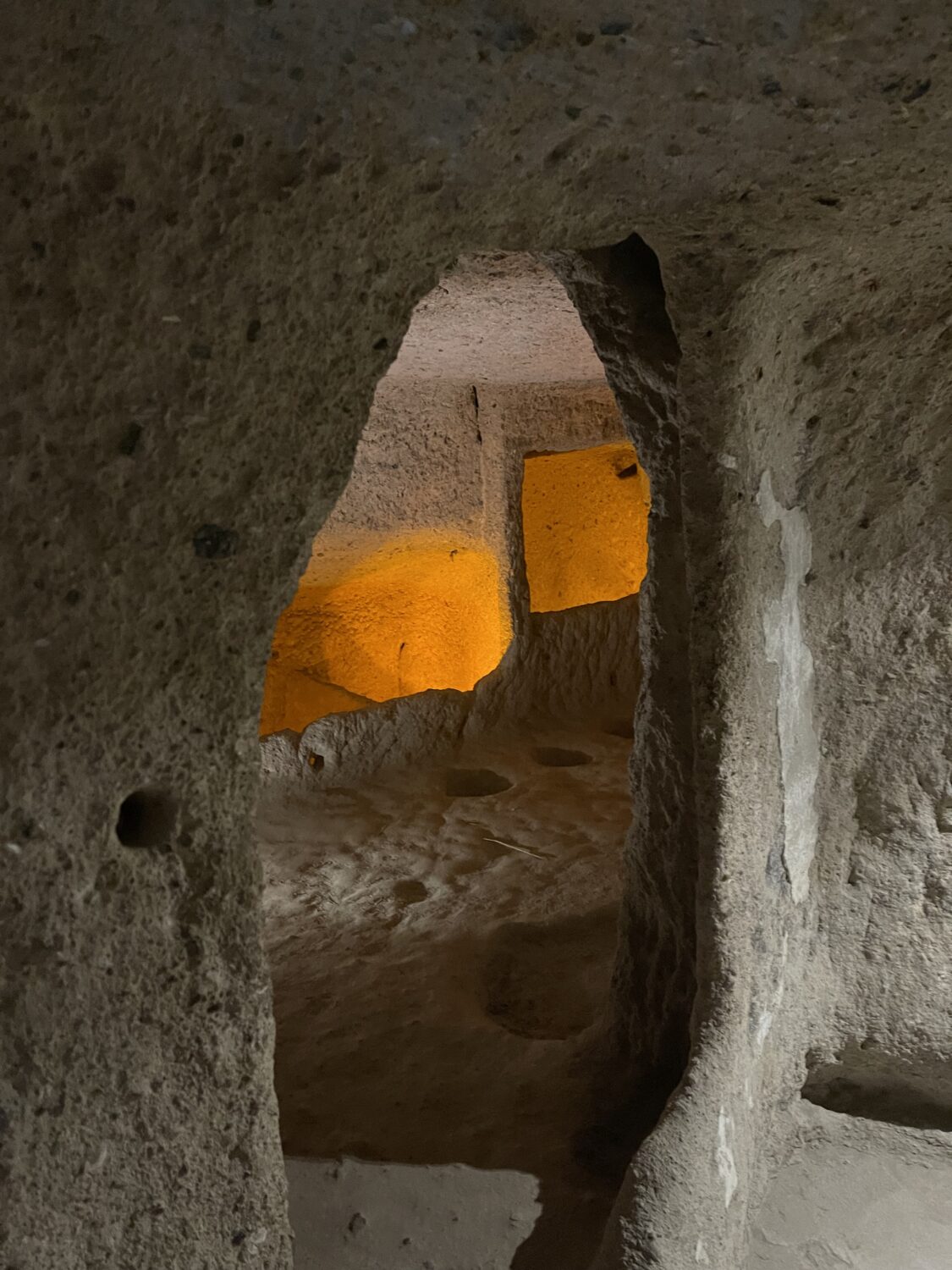
As Christianity spread during the Byzantine era, the region became a refuge for early monks fleeing persecution. The soft volcanic rock of Cappadocia made it an ideal location for the construction of rock-hewn hermit dwellings and churches, where the faithful could worship covertly, high up or underground.
The Derinkuyu Underground City, the largest subterranean complex in the region, is an astounding feat of engineering. It extends over 200 feet below ground and could accommodate up to 20,000 people for stints of time. This city, along with others like Kaymakli, provided sanctuary not only from Roman persecution but later from Arab invasions.
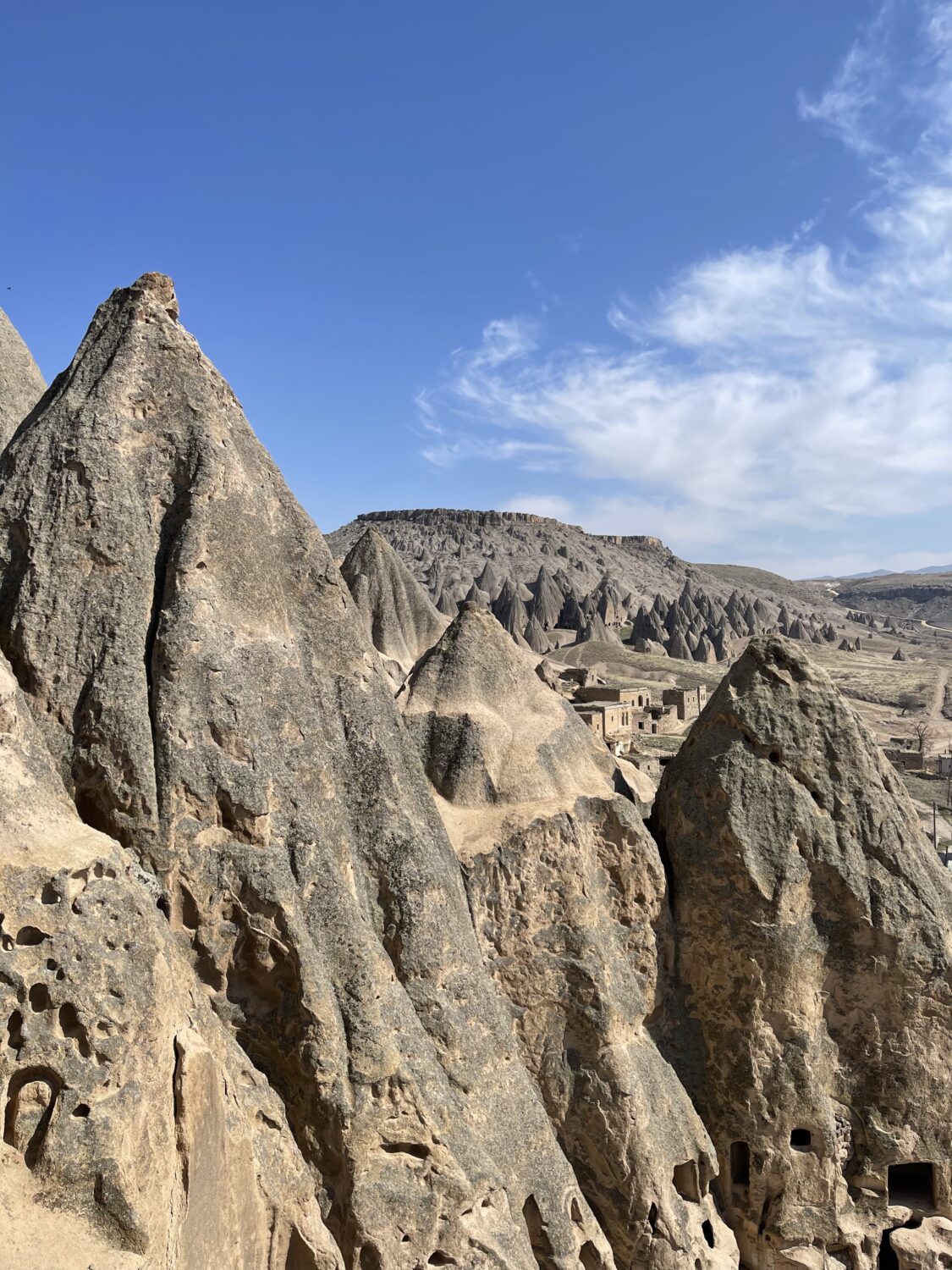
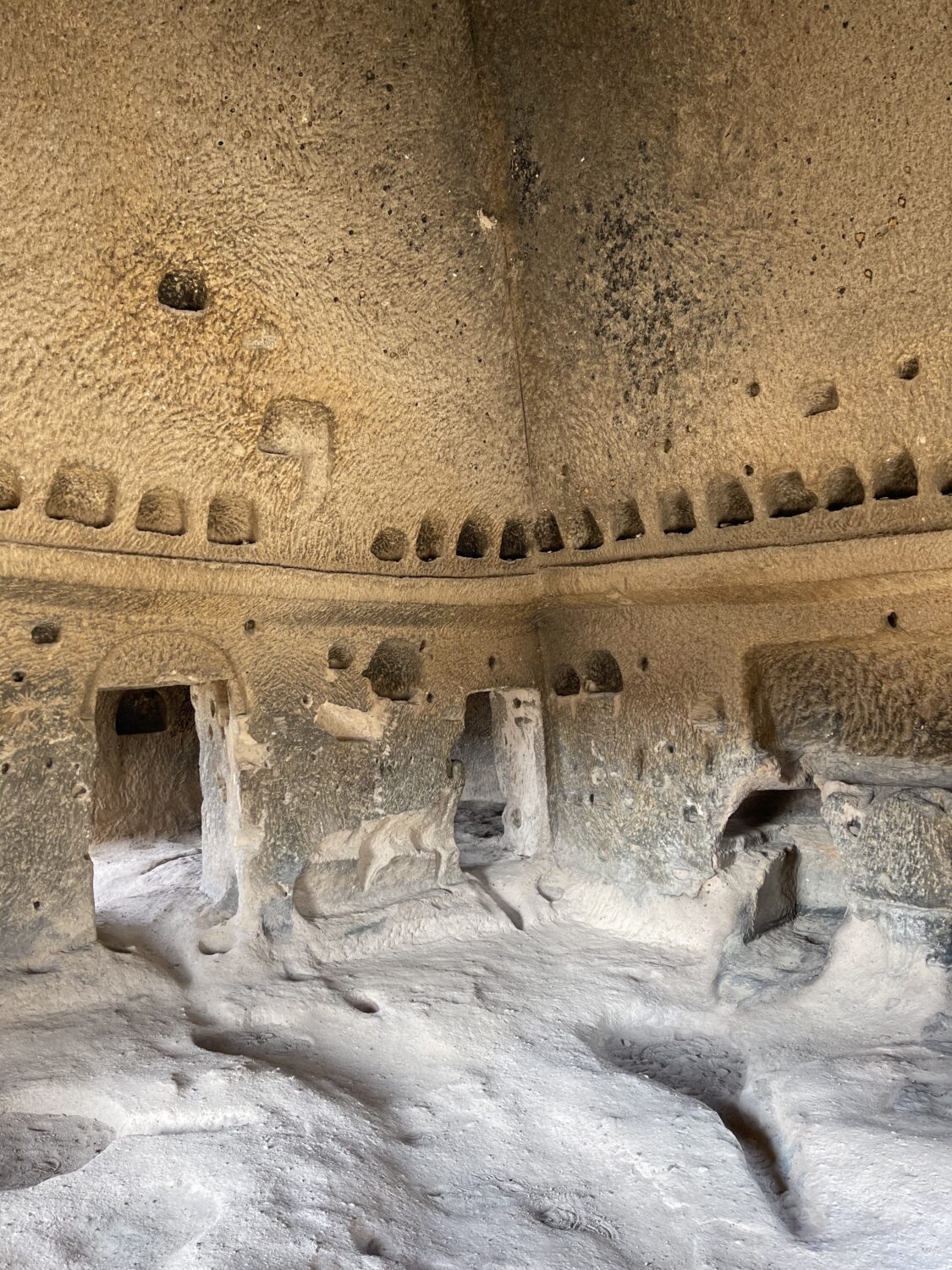
Cappadocia is home to an extraordinary collection of rock-cut churches, many adorned with frescoes that date back to the 9th century. The Göreme Open-Air Museum, a UNESCO World Heritage Site, houses some of the finest examples of Byzantine art in Cappadocia. Karanlık Kilise, or the Dark Church, with its pulsating frescoes depicting scenes from the New Testament, is preserved in particularly remarkable condition.
Uchisar Castle stands as the highest point in Cappadocia. Allegedly an inspiration to George Lucas when he was developing Star Wars, this natural fortress, meticulously carved into the rock, offers panoramic views of the region. It was used as a defensive stronghold in times of conflict, with its strategic location allowing occupants to spot advancing enemies from miles away.
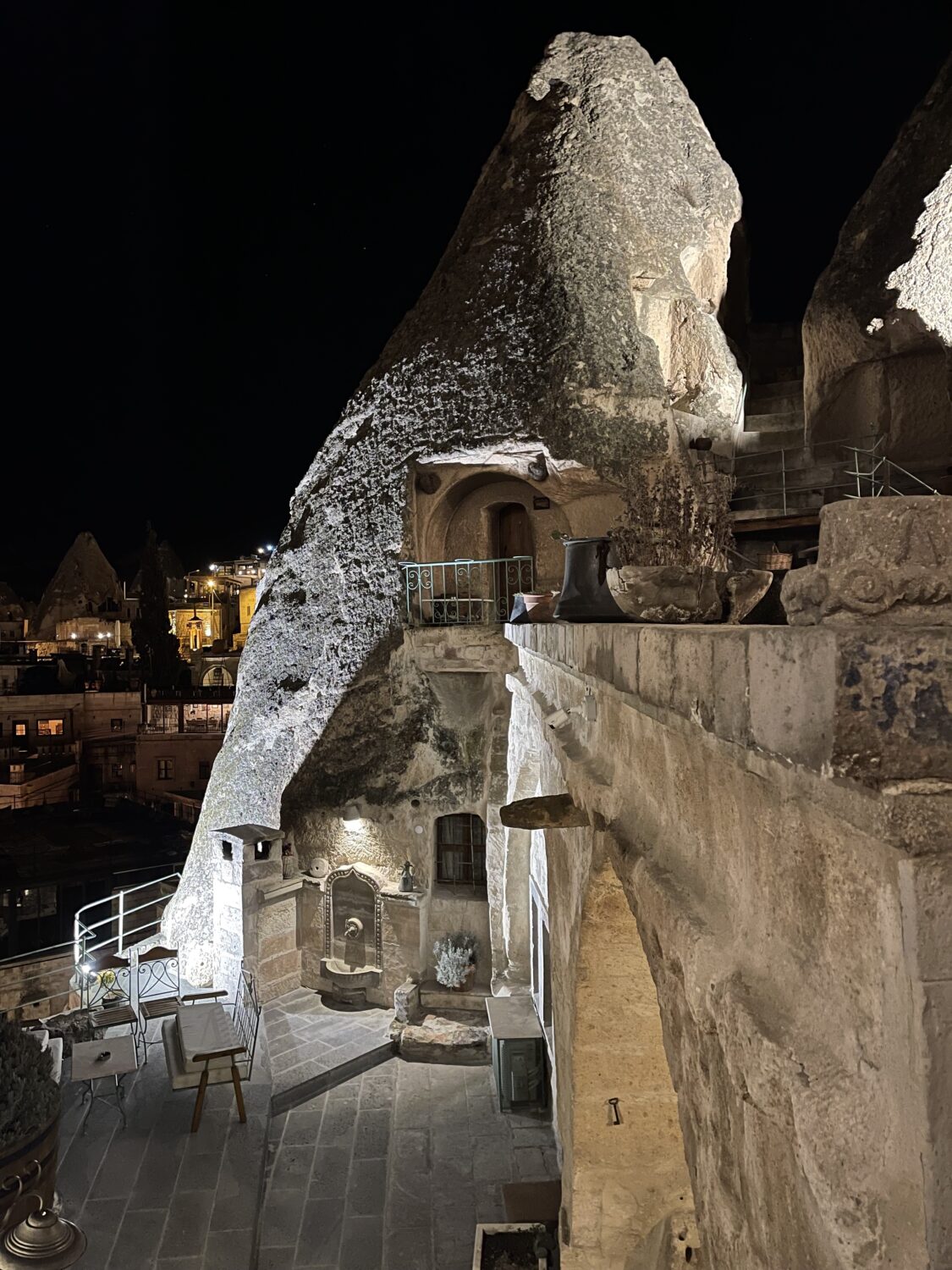
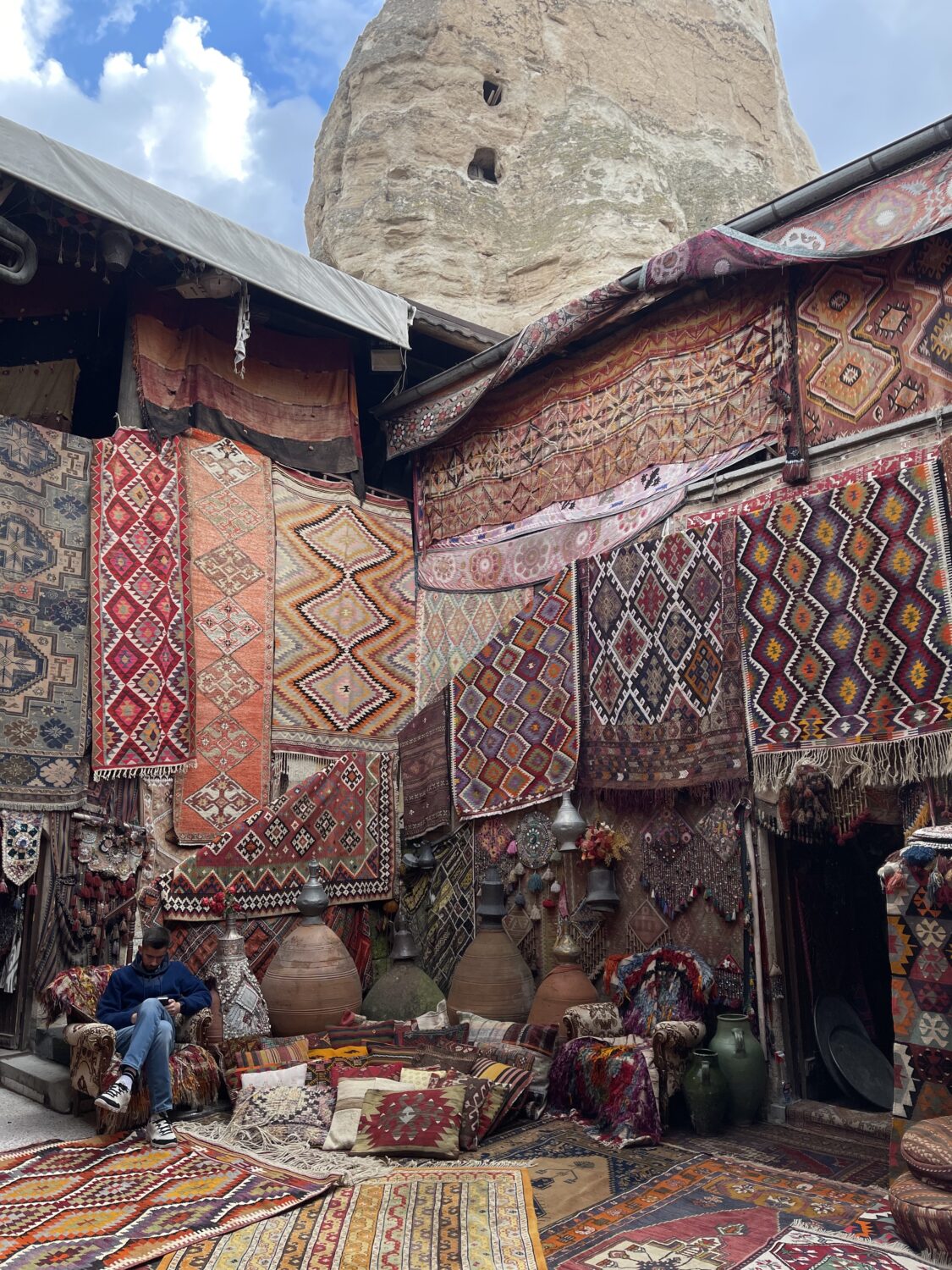
After the Byzantine era, the region fell under the control of the Seljuks and later the Ottomans. Throughout the centuries, the area continued to be a place of refuge and cultural exchange. Today, Cappadocia is a testament to the resilience and creativity of its inhabitants throughout history. Its otherworldly landscapes and architecture, underpinned by a rich cultural and religious heritage, make Cappadocia a truly inimitable destination.
Feature image by Keshav Anand